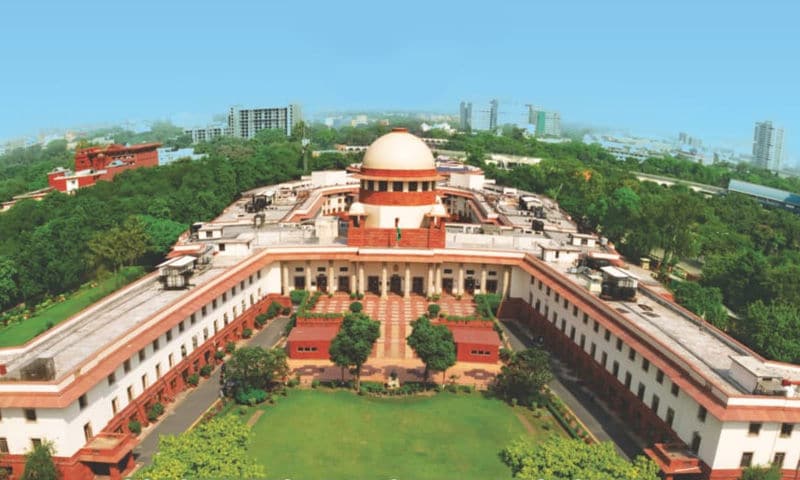A term that has become important to understand after the High Court Judgment of Karnataka, yesterday is “essential religious practices”. Karnataka High Court dismissed petitions filed by a group of Muslim girls seeking permission to wear hijab (headscarf) in classrooms. The petitioners argued that the wearing of the hijab is a part of the “essential religious practice” in Islam that is protected under Article 25 of the constitution. The court had come to a conclusion that it is not. The Second Angle will explain the definition of the essential practices in religion and its connection with Article 25.
Defining Essential Religious Practices
It means all those practices that are fundamental to a religion and not following them would result in the change of religion itself. Article 25 speaks of the freedom of conscience and free profession, practice and propagation of religion gets violated essential religious practices is denied.
Tuesday’s judgment related the doctrine of essential religious practices to DR B R Ambedkar’s famous statement in the constituent Assembly during the discussion on the codification of Hindu Law.

He had said, “The religious…”The religious conceptions in this country are so vast that they cover every aspect of life from birth to death…there is nothing extraordinary in saying that we ought to strive hereafter to limit the definition of religion in such a manner that we shall not extend it beyond beliefs and such rituals as may be connected with ceremonials which are essentially religious…”
This doctrine was interpreted differently in the Sabarimala issue of allowing women to enter the temple. The inconsistency in interpreting this doctrine is reflected in multiple judgments based on this doctrine. The majority except for one opined that women have the right to equality in accessing public places which include places of worship.
History of interpreting essential practices
In 1954, the doctrine of “essentiality” came about by a seven-judge Bench of the Supreme Court in the ‘Shirur Mutt’. The court held that the term “religion” will cover all rituals and practices “integral” to a religion, and took upon itself the responsibility of determining the essential and non-essential practices of a religion.

However, this doctrine was interpreted differently last year. The Indian Express had explained in their article that how a Supreme Court Bench by a 2-1 majority declined to refer for reconsideration by a larger Bench the five-judge Constitution Bench judgment in ‘Dr M Ismail Faruqui and Ors vs Union Of India and Ors’ (October 24, 1994), which upheld the law under which the Centre acquired the disputed land in Ayodhya on which the Babri Masjid had stood. The Constitution Bench had ruled in 1994 that “A mosque is not an essential part of the practice of the religion of Islam and namaz (prayer) by Muslims can be offered anywhere, even in open.”
Religious issues and the contentious arguments around them keep coming up in front of the court. But historically it has failed at interpreting Islam further narrowing the doors of law for the minority. The approach has rather been selective.
As Faizan Mustafa has pointed out in his article that in a case where a Muslim police officer challenged in Kerala High Court a regulation that did not permit him to grow a beard, the court, rather than looking at the question of essentiality of beard in Islam, rejected the petitioner’s plea by simply relying on the fact that certain Muslim dignitaries do not sport beards, and that the petitioner did not have a beard in his previous years of service. The court looked at the empirical evidence of the practice, rather than at religious texts. However, despite empirical evidence to the contrary, courts have denied protection to the animal sacrifice among Hindus, terming the practise as barbaric.

In the Shayara Bano Triple Talaq case, the Supreme Court held that Triple Talaq was against the basic tenets of the Qur’an and violative of the Shariat.
Does it mean that the doctrine can be used to curtail religious freedom?
There are exceptions that allow the government to interfere and alter religious practices. The government can impinge upon essential religious practices on three grounds under Article 25(1): public order, morality or health. For example, during the pandemic, the government shut down mosques, temples and other places of worship.
Also Checkout: Karnataka HC’s judgement and the timeline of Hijab controversy












